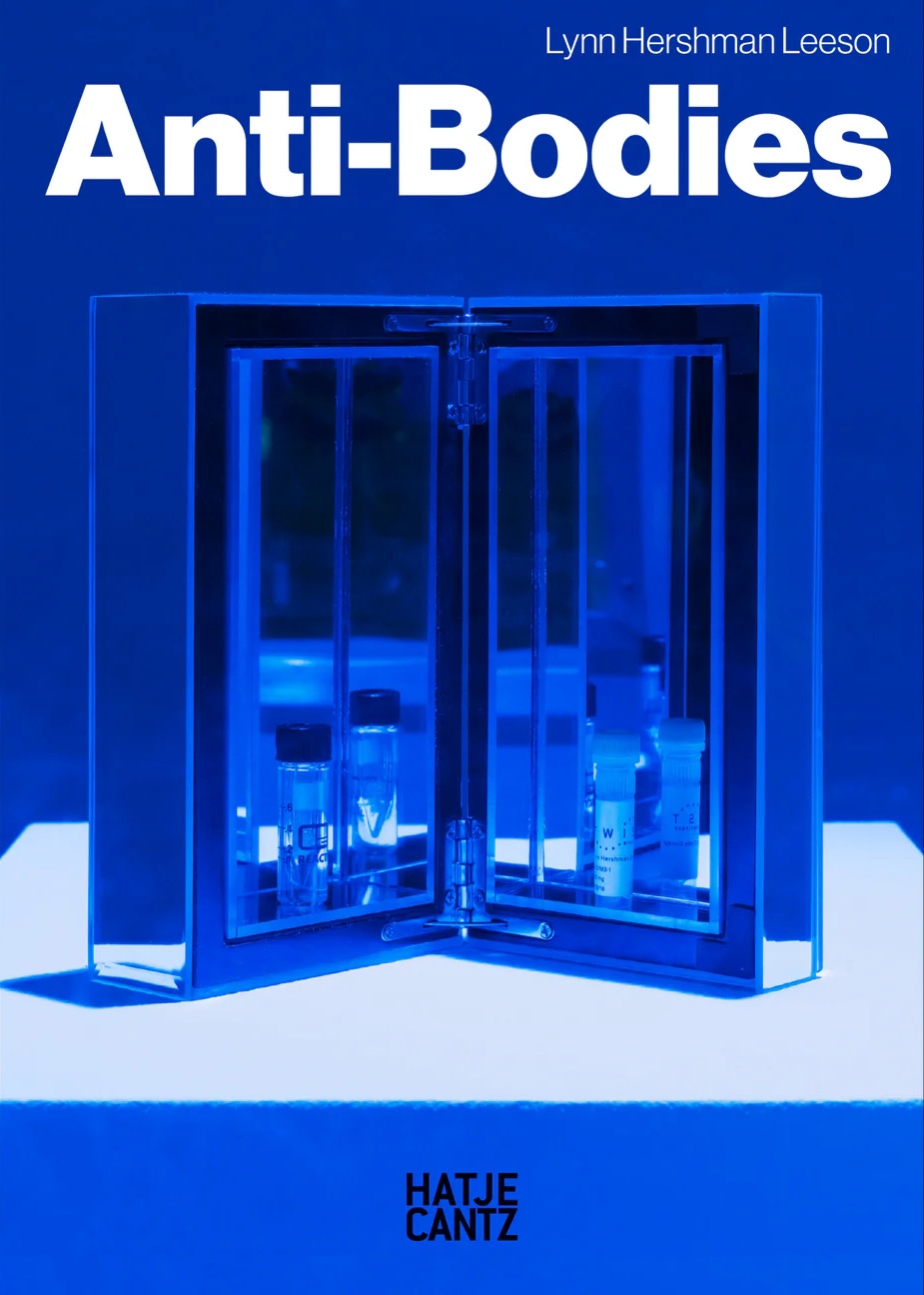Lynn Hershman Leeson
Infinity Engine
2014
With the installation The Infinity Engine, partially commissioned by ZKM | Center for Art and Media Karlsruhe, Hershman Leeson created a functional replica of a genetics lab in collaboration with well-known scientists. Built of modular units, the flexible and scalable environment can be adapted to different locations and reflects current standards in genetic research. In the cubicles, representations and re-enactments of lab tests are on view and printed scaffolds of noses and ears, microscopes, and other types of scientific equipment. Color-coding and signage define the areas of the installation, which is enhanced with replications of sounds typical of a genetics lab. Wallpaper of hybrid crops and animals and syringes define one room, and another room allows visitors to read files of legal documents related to genetic engineering. Visitors to the installation can participate in a “capture room,” devised in collaboration with Dr. Josiah P. Zaynor, in which reverse facial-recognition software captures the images of the visitors and reveals their DNA origins and adds the information to an evolving composite archetype.
The Infinity Engine, 2014, multimedia installation, partly interactive with genetically modified fishes, fish tank, screens, projections, wall paper, 3-D printed nose, files, electrics, and other materials, 380 x 1280 x 550 cm. Installation view: Lynn Hershman Leeson. Civic Radar, ZKM | Museum of Contemporary Art, Karlsruhe, 2014/2015
Book: Anti-Bodies
Read more about Infinity Engine in Anti-Bodies (2019), published by Hatje Cantz. Featuring texts by: George Church, Rudolf Frieling, Sabine Himmelsbach, Thomas Huber. Listed as a “Best Art Book of 2019” by the New York Times.
Infinity Engine Select Interviews
Dr. George Church, Dr. Anthony Atala, Dr. Caleb Webber, Dr. Drew Endy, Dr. Elizabeth Blackburn
Interview Transcripts
Dr. George Church, Harvard University. View Transcript ↗
Dr. Anthony Atala, Wake Forest Institute for Regenerative Medicine. View Transcript ↗
Dr. Drew Endy, Stanford University. View Transcript ↗
Dr. Elizabeth Blackburn, University of California. View Transcript ↗
Dr. Troy Duster, Sociologist of the Genome, Professor Emeritus, New York University. View Transcript ↗
Dr. Oron Catts, Founder of Symbiotica Labs, Australia. View Transcript ↗
Dr. Myles Jackson, Professor, New York University. View Transcript ↗



